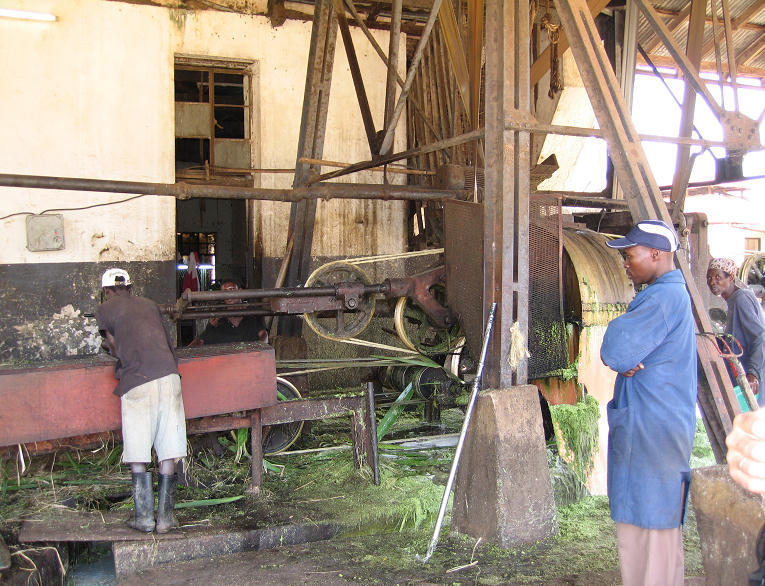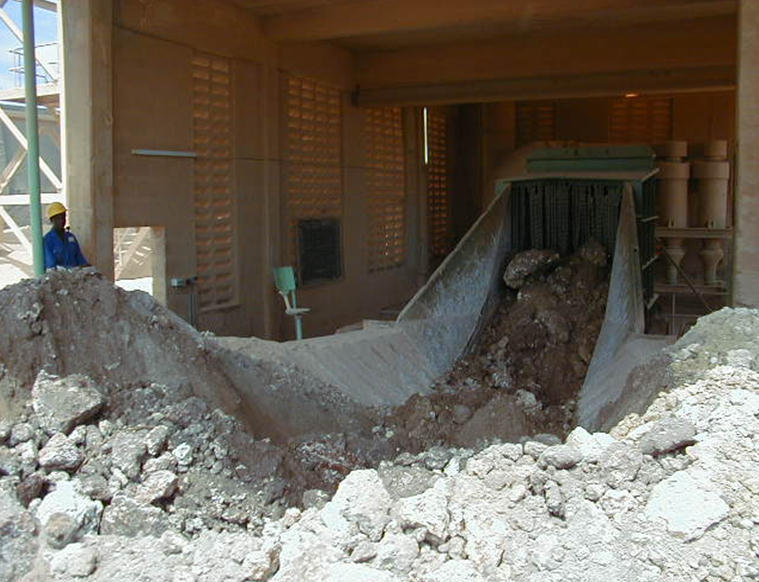Luftveisplager hos arbeidere i støvete industri
Prosjektene er finansiert av NUFU (Nasjonalt program for utvikling, forskning og utdanning), og er et samarbeid mellom UiB og Muhimbili University College of Health Sciences, Dar es Salaam, Tanzania. Prosjektledere er; Professor Bente E. Moen (Norge) og ass professor Simon Mamuya (Tanzania).

Main content
STATEMENT OF THE PROBLEM: Occupational chronic respiratory diseases caused by exposure to organic and inorganic dusts and chemicals in the workplaces are the most common occupational diseases in developing countries. There is little documentation concerning these problems, and lack of awareness of the occupational hazards has major effects on the contribution of occupational diseases and the national burden of disease.
BROAD OBJECTIVE OF THE STUDY: The broad objective of the study will be to explore that extent of occupational related diseases among employees exposed to dusts and irritants in cement, coffee, sisal and mining industry with the purpose of providing a scientific basis for setting priorities for occupational health and safety policies in Tanzania. The study also aims at capacity building of trained personnel who will provide the theoretical and technical skills, and material resources to the collaborating institutions.
THE RESEARCH PART: This is a study using mainly quantitative methods. In Tanzania, the population to be studied will sampled from mining industries, cement industry, sisal and coffee production, textile industries and two coffee plants. Workers will be examined by an interview, using a standardised questionnaire will be used. Spirometric measurements of lung volumes will be carried out in accordance with the EEC and ATS Recommendations. Some workers will be examined by measures of exhaled NO, to measure inflammatory reactions. Standard dust sampling techniques and procedures for storage and analysis will be used in the determination of dust sampling at the personal and environmental level in each industry.
CAPACITY BUILDING: Three PhD students have so far written and defended their PhD theses, and two new PhD students have started their work. In addition, a laboratory for measurement of dust is established in Dar es Salaam, and training of personnel has started.
Følgende avhandlinger har blitt skrevet:
Cand. Med. Julius Mwaiselage:“Dust exposure and respiratory health effects in cement industry” (2005)
Cand. Scient. Simon Mamuya: “Dust exposure and respiratory health problems in a labour-intensive coal mine in Tanzania” (2006) https://bora.uib.no/handle/1956/2002
Cand. Med. Akwilina Kaumba : “Work environment and respiratory health among sisal processors in Tanzania (2008) https://www.uib.no/info/dr_grad/2008/Kayumba_Akwilina.html
Cand. Scient. Gloria Sakwari: “Coffee dust and respiratory health” (2013) https://www.uib.no/info/dr_grad/2013/Sakwari_Gloria.html
Cand. Med. Alexander Tungu: “Dust and respiratory health in cement industry. A follow up study.” (2013) https://www.uib.no/info/dr_grad/2013/Tungu_Alexander.html

